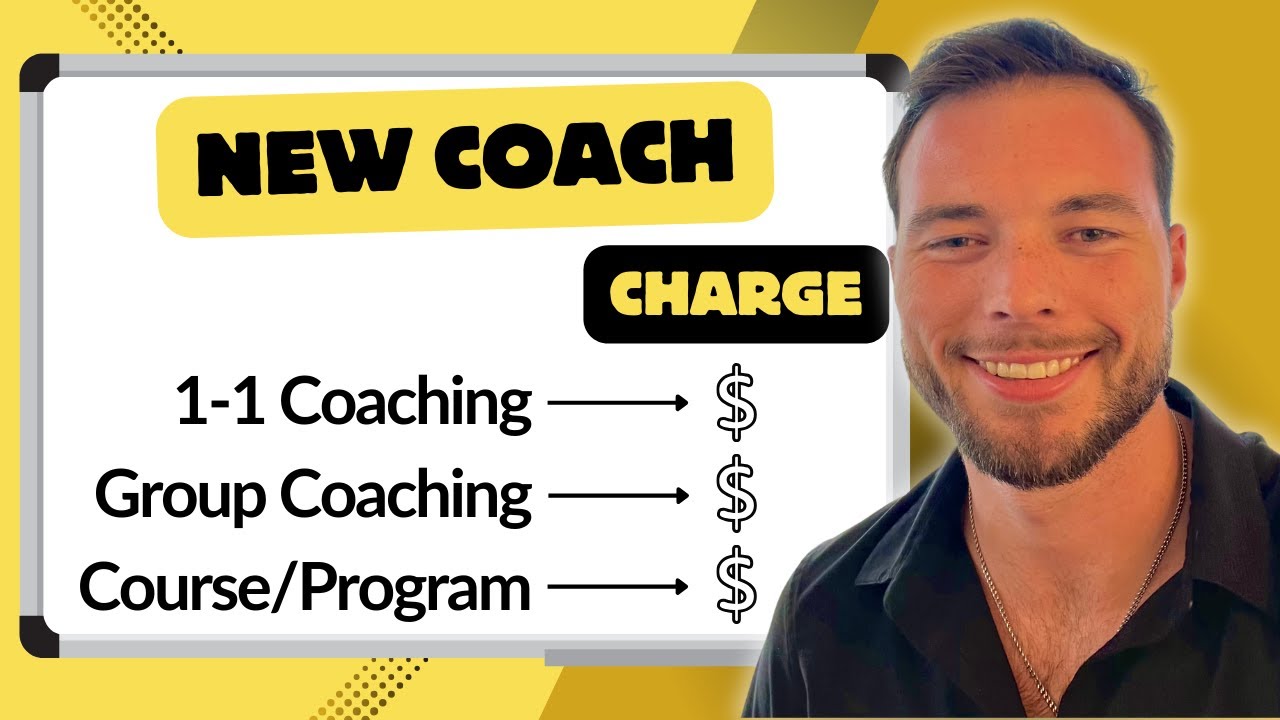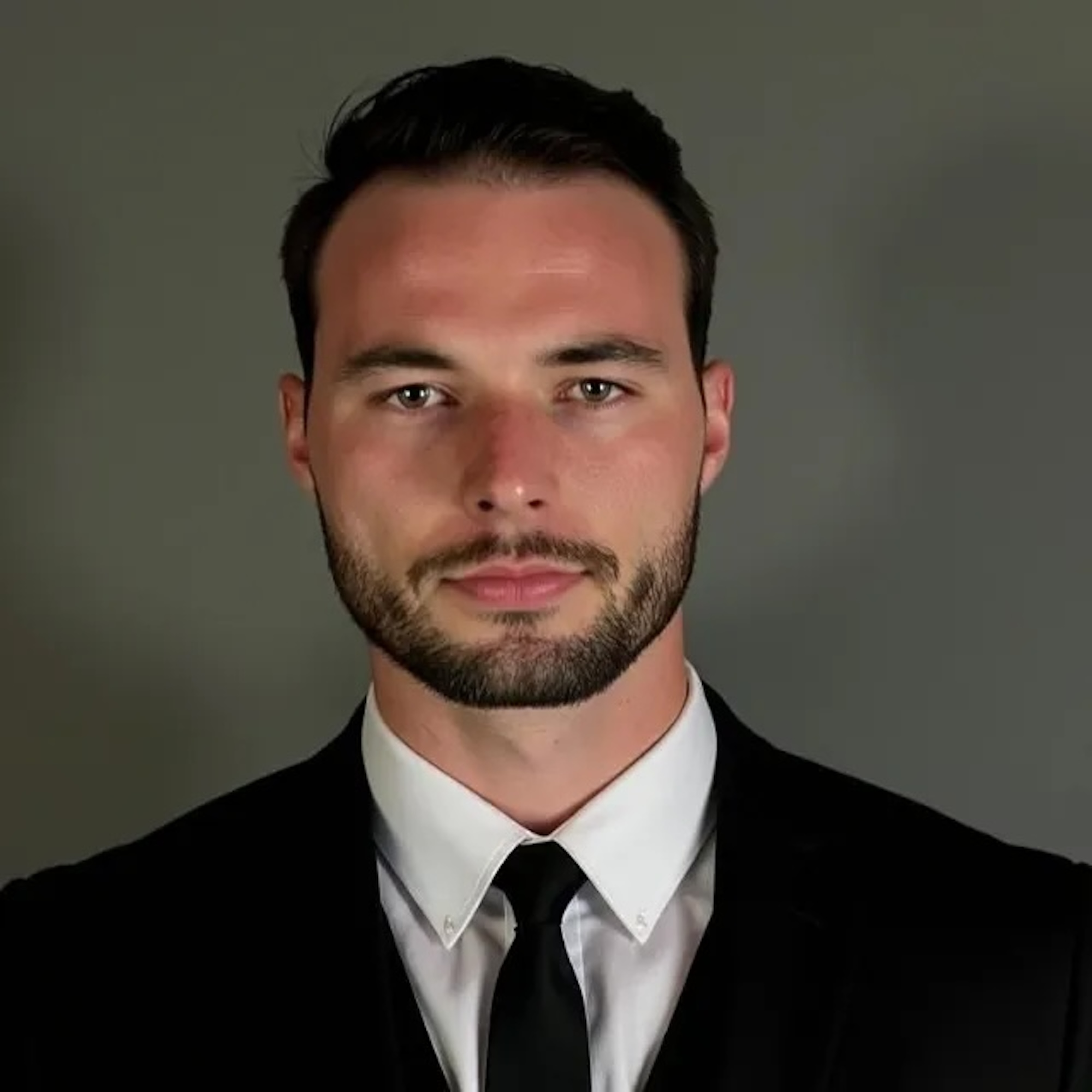What to charge as a new coach?

A Proven Framework to Set Your Price with Confidence
Pricing your coaching offer is one of the most paralyzing decisions when you’re just starting out. Go too high, and you worry no one will buy. Go too low, and you attract the wrong clients—or worse, burn out.
In this blog, Chris Barry breaks down the exact thought process and pricing strategy he recommends for new coaches based on years of helping others scale to $10k/month and beyond.
Why Most New Coaches Undersell Themselves
Chris starts by calling out a common trap: coaches look at competitors’ pricing and undercut by a few hundred dollars to “stay competitive.” The result? You look less credible and make it harder to grow.
“Value is determined by the buyer—not by you, and not by your competitors.”
If someone will spend $3,000 on a handbag, they can spend $3,000 on transformation. The key is making sure they understand the value.
The #1 Rule of Pricing: Solve a Real Problem
People pay to solve problems. The bigger the problem, the bigger the price tag they’re willing to accept.
Chris outlines three main coaching categories:
Wealth (e.g., business coaching, career strategy)
Health (e.g., fitness, mental health)
Relationships (e.g., dating, marriage counseling)
Even if you're not in the "make money" niche, your offer still holds massive value—if you can communicate it clearly.
Example: If your coaching helps someone save their marriage or avoid burnout, how much is that worth to them emotionally and financially?
Don’t Charge by the Hour—Charge by the Outcome
Hourly pricing keeps you stuck. Instead, charge for the transformation. It’s better for the client and for you. Why?
Incentives align: you’re motivated to get them results faster
Perceived value increases: clients aren’t nickel-and-diming your time
It allows you to scale, not just trade time for money
The Value Equation
Chris introduces a formula to help you quantify what people see as valuable:
Value = (Outcome × Perceived Likelihood of Achievement) ÷ (Time × Effort)
Let’s break it down:
Outcome: What is the result you’re promising?
Perceived Likelihood: Do they believe YOU can help them get it?
Time & Effort: How hard and how long will it take?
“If you increase the top of the equation or decrease the bottom, the perceived value goes up—and you can charge more.”
He also explains why reducing effort and time has a bigger impact than trying to promise a huge result.
What to Charge as a New Coach (Even If You Have No Clients Yet)
Option 1: Start Free → Discounted → Full Price
If you're not confident in your sales skills or lack case studies:
Start free to build experience and get testimonials
Charge heavily discounted rates to early adopters
Gradually raise your price to full market value
This builds your perceived likelihood of achievement (a key part of the value equation) and gives you momentum.
Option 2: Go Premium with a Risk Reversal Guarantee
Confident in your offer but lack proof? Use a guarantee:
Charge full price (e.g., $10k)
Offer a conditional refund (e.g., “If you don’t hit $X result, I’ll refund you and pay $5k for your time”)
Yes, this puts more risk on you—but it also skyrockets conversions if you're truly good at what you do.
How to Frame Your Offer for Maximum Value
Two key motivations drive people to buy:
Pain avoidance
Desire fulfillment
Great offers leverage both. For example:
“If you’re tired of wasting time and ready to finally attract high-paying clients without burnout, this program is for you.”
Chris says:
“Make an offer so good that people feel stupid for saying no.”
That means strong messaging, social proof, a clear outcome, and a pricing model that fits your target audience.
Final Tips for New Coaches
Focus on your ideal client: What are they really willing to pay to fix their problem?
Use testimonials to build trust: Even one success story increases your pricing power.
Charge more as you grow: Case studies = confidence = higher rates.
Keep refining your offer: Better offers command better pricing.
Summary
Pricing is both art and science—but you don’t need to guess. Use the value equation. Understand your client’s pain. Make the offer irresistible.
📞 Ready to get help pricing and packaging your offer?
Book a free strategy call with TD Coach
🎥 Watch the full episode here
